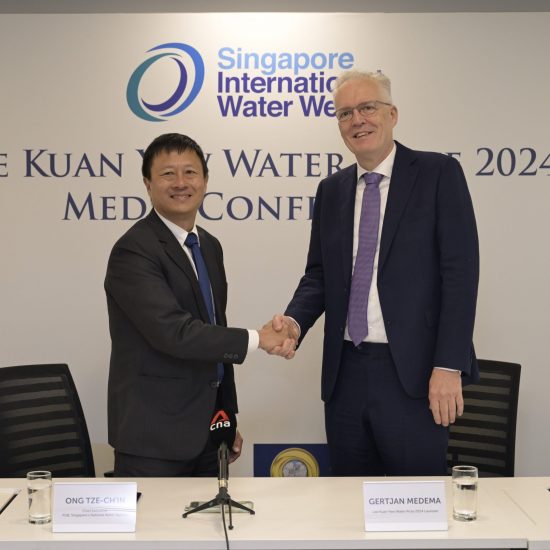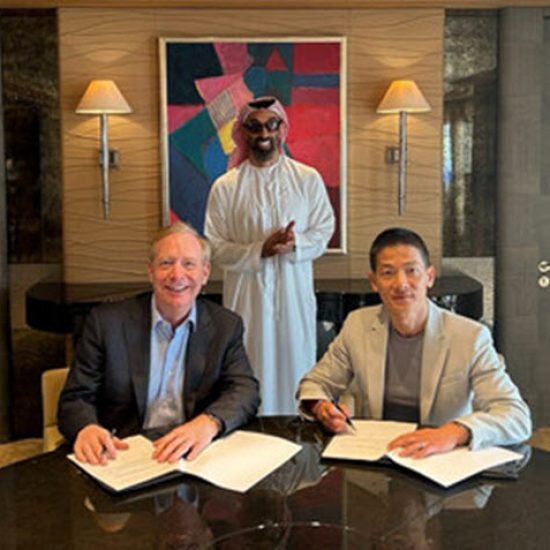Dr Imran Khalid
“We must be prepared for this to last for years. We must not weaken in our support for Ukraine, even if the costs are high” is how NATO Secretary General Jens Stoltenberg said in an interview with the German media this week, while referring to the possibility of the Ukraine war to be dragged to many years. So, a cursory glance at this statement would reveal two realities about the new thinking of the Western leadership towards the Ukraine war.
One, Washington and the European capitals are bracing for a low-paced conventional war in the southern and eastern parts of Ukraine in the coming months. And two, this also reflects that the NATO leadership is quite confident that the hardware and logistical support from NATO would be sufficient enough to galvanize the Ukrainian forces to not only sustain the Russian attack for a longer period but also to push back them from the Donbas region. Furthermore, it has given a kind of reassurance to the world that the war is likely to remain confined to a well-demarcated area – with little chances to escalate to other parts of the European continent – perhaps the biggest fear of the inhabitants of the European continent pertaining to the Ukraine war. This is quite in a contrast with the acutely grave situation that was observed in the first week of war when the Russian troops launched attack on Ukraine.
The panic was particularly aggravated by the February 27 order of Vladimir Putin to Russia’s nuclear forces to move to a higher state of alert. “Western countries aren’t only taking unfriendly economic actions against our country, but leaders of major NATO countries are making aggressive statements about our country. So, I order to move Russia’s deterrence forces to a special regime of combat duty,” declared Russian President Vladimir Putin to defense officials on the very next day after unleashing the Ukraine invasion.
This was the first time since the demise of the Cold War that any top leader from Moscow or Washington had actually raised the specter of nuclear conflict. At a time, when the Russian jets were already conducting aerial attacks on Kyiv, for obvious reasons, Putin’s statement, with regard to the readiness of Russian nuclear arsenal, pushed the panic buttons in the Western capitals. The situation appeared to be too grave at that time and the NATO leadership took Putin’s words too seriously and started working on the counter plan to preempt and retaliate in the worst-case scenario. The terror and horror were too thick in the air. However, it was divulged later that it was nothing more than a calculated ploy by Vladimir Putin to confuse the NATO leadership so as to gain a psychological advantage in the initial phase of the war and force President Volodymyr Zelensky to resort to the table talk.
As the war lingered on, it eventually became clear that Putin’s threat was similar to the tactical plan that was employed by the US President Richard Nixon in Vietnam to pressurize the North Vietnamese and their supporters in the Soviet Union to move them to the negotiating table. Interestingly, in October 1969, President Nixon, in consultation with his national security advisor Henry Kissinger, secretly ordered the Pentagon to place the US forces on high alert globally to subjugate Hanoi and Moscow, But, both Nixon and Kissinger failed in their plan and they had to actually change their whole strategy in Vietnam after the failure of “hollow” nuclear threat. Vladmir Putin’s nuclear threat, however, has rekindled a new debate in the academic and security circles about the possibilities and fallout of a global nuclear.
Technically speaking, Putin’s order to his nuclear forces was just a preliminary nod to the control and command system to be in the “working conditions” only. It never implied that Vladimir Putin was preparing its nuclear arsenals to strike first. It was all part of his long-term plan, which also included a gradual de-escalation pathway, so that the Ukrainian government could be forced to resort to the negotiating table to extort maximum territory without wasting resources in the war. Putin was well aware of the fact that NATO, despite its constraints, will go full throttle to support the Ukrainian army to bolster its strike power against the Russian positions and then war will be dragged over many months. His strategy was to compel Ukrainian President Volodymyr Zelensky to the table talk in the first phase of war and extract maximum out of him at that stage.
However, NATO’s support and realignment of the Ukrainian army emboldened Zelensky and his team to discontinue talks with Moscow. Nonetheless, Putin’s threat has given birth to many new questions about the nuclear war and its implications on the global power structure. Two times in recent history, Vietnam in 1969 and Ukraine in 2022, the nuclear threat was used against two non-nuclear states, and in both the cases it failed to yield the desired results.
So, do the nuclear arsenal give enough leverage to bully a non-nuclear state in today’s global power structure? Is the nuclear war a possibility in the near future? Are the global non-proliferation agreements and treaties between the nuclear powers like New START (between the US and Russia) enough to safeguard against any accidental or deliberate nuclear outbreak? How to discourage the nuclear powers from producing the short-range battlefield nuclear weapons? Will Putin’s threat result in pushing the non-nuclear countries to renew their nuclear programs and secretly pursue the weapon-grade nuclear proliferation? This episode has opened a plethora of similar questions on the nuclear weapons proliferation and its short-term and long-term implications on the global power structure.
Also published on Medium.





